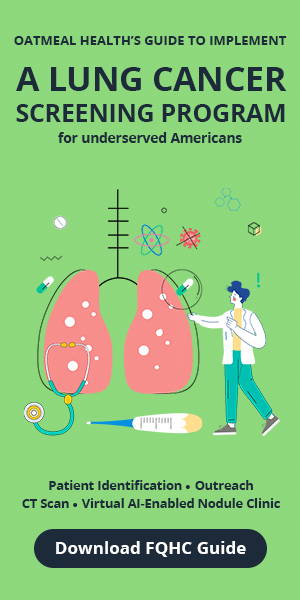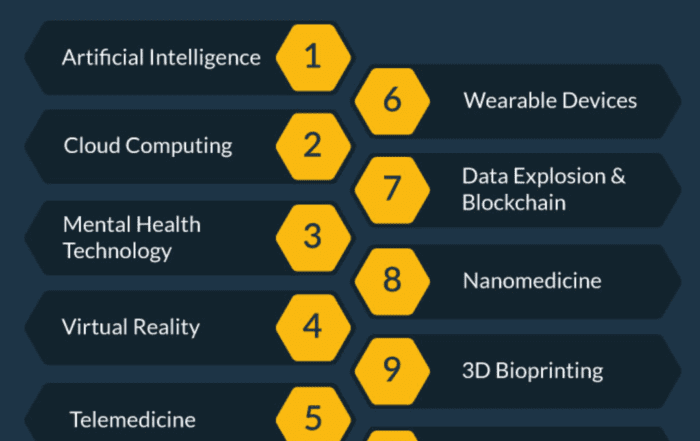Share this article and save a life!
A blood test combined with a risk model accounting for a person’s individual characteristics — including age and smoking status — accurately predicted who will benefit from low-dose CT lung cancer screening, according to a validation study.
Among participants from the Prostate, Lung, Colorectal, and Ovarian (PLCO) Cancer Screening Trial who had a ≥10 pack-year smoking history, the four-marker protein panel, and the risk model would have identified 9.2% more lung cancer cases for screening among the 119 patients who would otherwise receive a lung cancer diagnosis within a year, and would reduce referral to screening by 13.7% among 16,356 non-cases otherwise referred for annual screening, compared with the 2021 U.S. Preventive Services Task Force (USPSTF) criteria, reported Samir Hanash, MD, PhD, of the University of Texas MD Anderson Cancer Center in Houston, and colleagues.
The four-marker panel alone — consisting of pro-surfactant protein B, cancer antigen 125, carcinoembryonic antigen, and cytokeratin-19 fragment — yielded an area under the receiver operating characteristic curve of 0.79 (95% CI 0.77-0.82) for case sera collected within 1 year before diagnosis and 0.74 (95% CI 0.72-0.76) among the entire specimen set, they noted in the Journal of Clinical Oncology.
The combination of the panel plus the risk model, known as PLCOm2012, yielded an area under the receiver operating characteristic curve of 0.85 (95% CI 0.82-0.88) for case sera collected within 1 year before diagnosis.
The combined model had a sensitivity of 88.4% and a specificity of 56.2% compared with 78.5% and 49.3%, respectively, with the current USPSTF criteria, the researchers said.
The USPSTF recommends that adults at high risk for lung cancer receive a low-dose CT scan each year, which was shown to reduce lung cancer deaths by 20% in the National Lung Screening Trial (NLST). The 2021 USPSTF criteria apply to adults ages 50 to 80 who have a ≥20 pack-year smoking history and currently smoke or have quit within the past 15 years.
“Our motivation was to build as simple a blood test as possible that could be a trigger to get persons — who aren’t undergoing screening for multiple reasons — to go get that low-dose CT screening exam,” Hanash told MedPage Today.
In building this test, Hanash and colleagues first identified what they called their “anchor marker,” which in this case was pro-surfactant protein B.
“Surfactant is a type of protein that protects the lungs, and what we have found out is that in cancer there is an immature form of surfactant B — pro-surfactant B — that seemed to be very informative,” Hanash explained. “And we did a lot of blinded evaluation of that particular marker in many different types of samples and it held up every time we assayed it, so we considered it to be our anchor marker.”
The researchers came up with four proteins that worked well together, which comprised the marker panel. The PLCOm2012 risk model was independently developed and validated to predict 6-year risk for lung cancer (a duration chosen to optimize application and testing in the NLST, which had a median follow-up of 6 years) among current and former smokers.
The researchers analyzed more than 10,000 biospecimens from the PLCO Cancer Screening Trial, including 1,299 blood samples collected from 552 people who developed lung cancer and 8,709 samples collected from 2,193 people who did not develop lung cancer.
“The current criteria for who needs to be screening is a yes or no type of question, as opposed to what a person’s actual risk is,” Hanash noted. “A person could smoke 20 or 30 pack-years, but their risk of lung cancer may not be as high as anticipated, or you could have smoked less than 20 pack-years and your risk may be higher than someone who smoked 30 pack-years.”
There is “valuable information” in a person’s blood that can be used to “personalize risk based on their blood profile and individual characteristics,” he added.
Disclosures
The study was supported by grants from the NIH and Cancer Prevention & Research Institute of Texas, as well as the University of Texas MD Anderson Cancer Center Moon Shots Program and the Lyda Hill Foundation.
Hanash reported honoraria from Abbott Laboratories and Bristol Myers Squibb, and research funding from Cosmos Wisdom and Dynex. He is also listed on patent applications submitted for lung and pancreatic cancer diagnostic markers.
Co-authors reported multiple relationships with the industry and are also listed on pending patent applications.
Primary Source
Journal of Clinical Oncology
Source Reference: Fahrmann JF, et al “Blood-based biomarker panel for personalized lung cancer risk assessment” J Clin Oncol 2022; DOI: 10.1200/JCO.21.01460.
Share this article and save a life!
Author:

Jonathan is a seasoned executive with a proven track record in founding and scaling digital health and technology companies. He co-founded Oatmeal Health, a tech-enabled Cancer Screening as a Service for Underrepresented patients of FQHCs and health plans, starting with lung cancer. With a strong background in engineering, partnerships, and product development, Jonathan is recognized as a leader in the industry.
Govette has dedicated his professional life to enhancing the well-being of marginalized populations. To achieve this, he has established frameworks for initiatives aimed at promoting health equity among underprivileged communities.

![author['full_name']](https://clf1.medpagetoday.com/media/images/author/MikeBassett_188.jpg)




